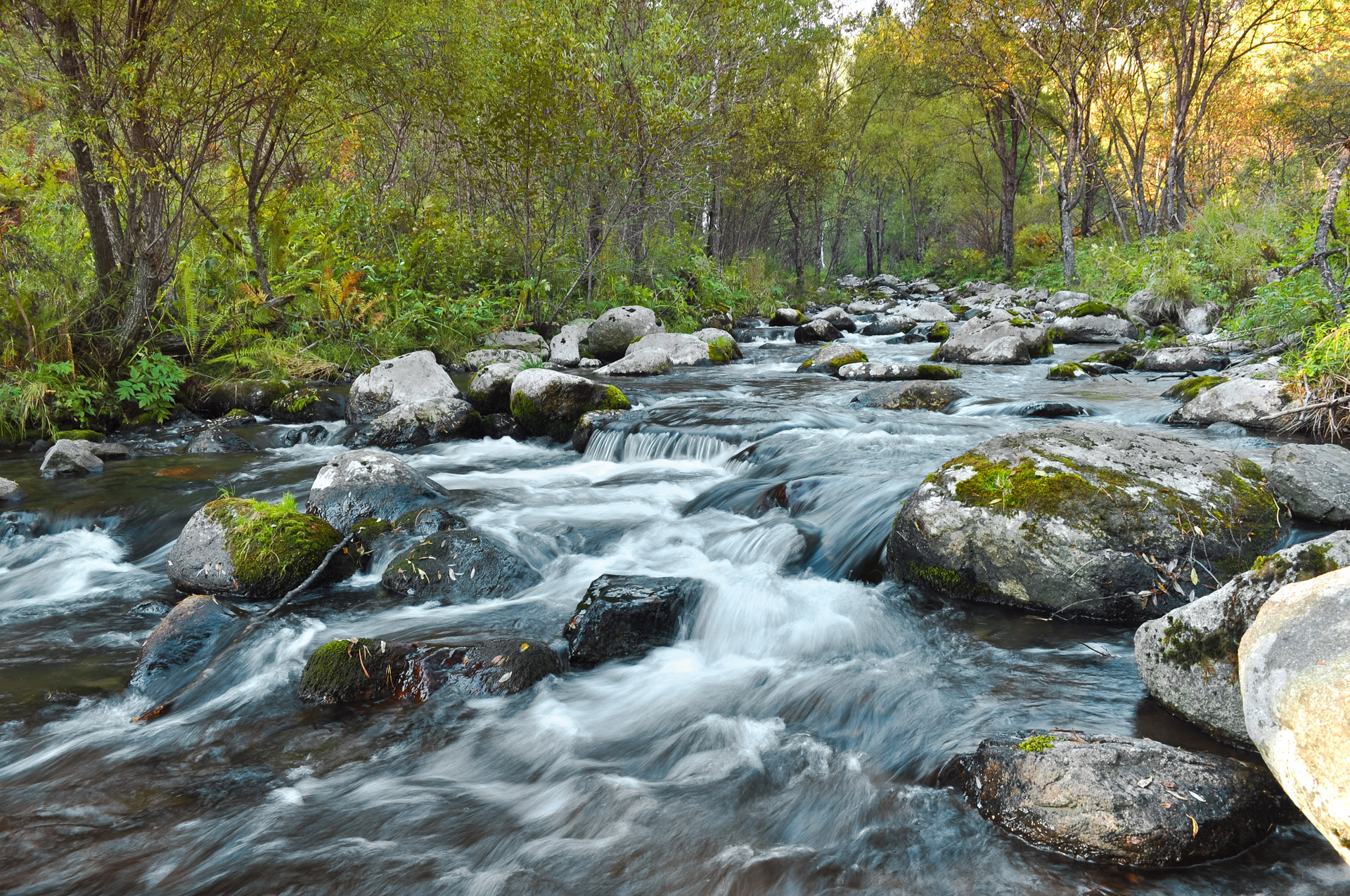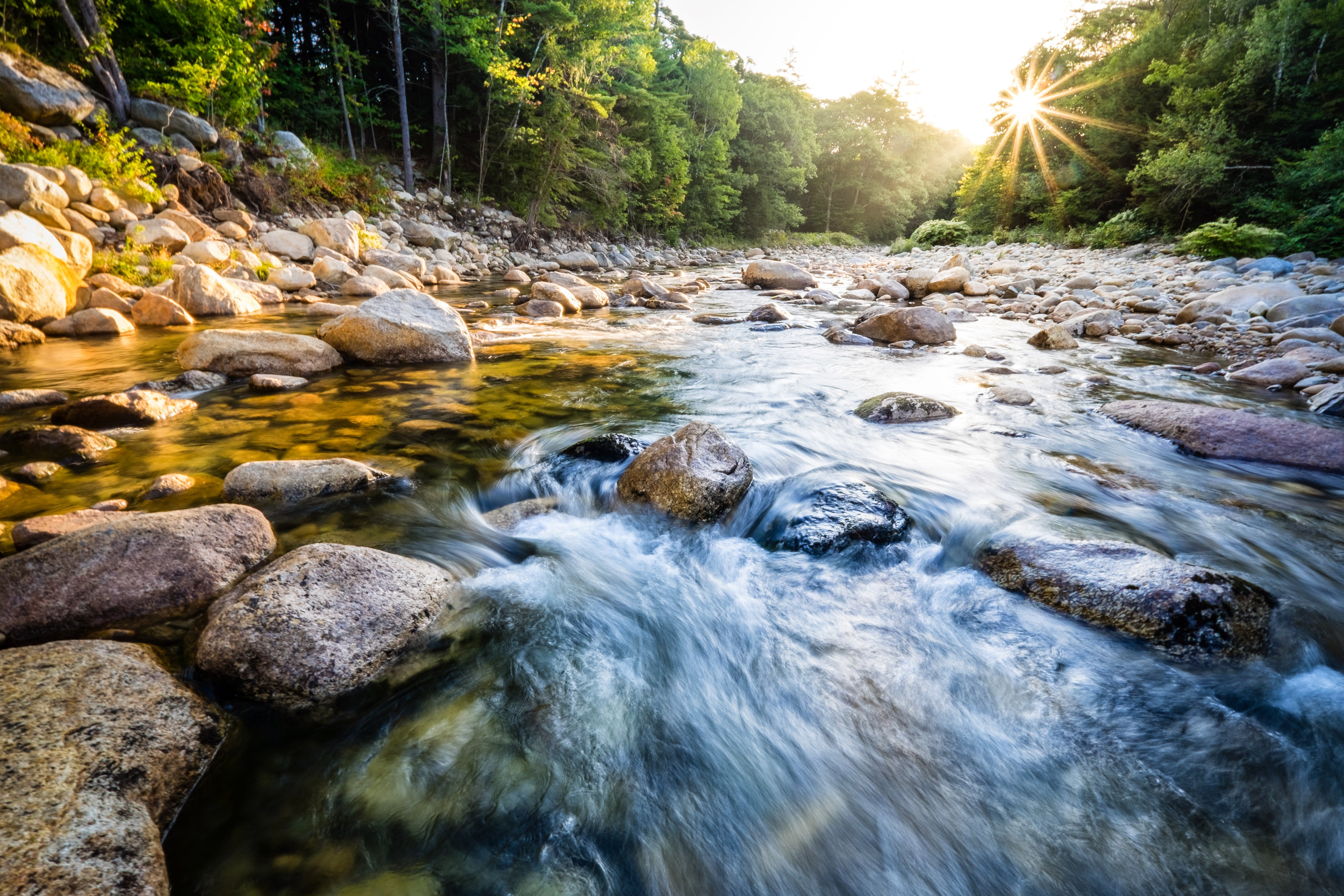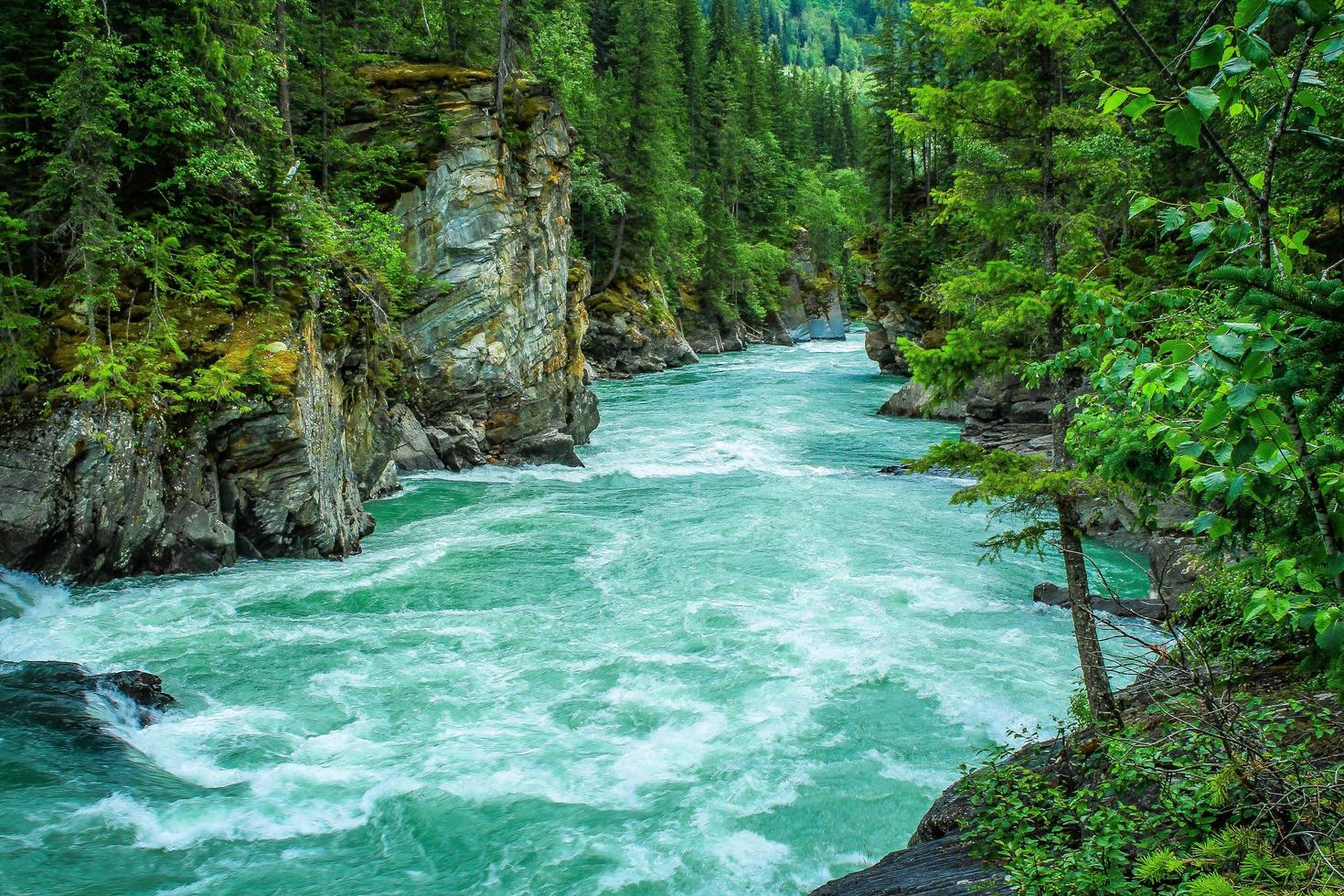River Phoenix And The Unfolding Waters
The name River Phoenix, for many, brings to mind a sense of natural movement, a kind of fluid grace, and perhaps a deep connection to the organic pulse of the planet. It’s a name that, in a way, just feels like it belongs to something flowing and alive. When we think about what a river truly is, we are often thinking about more than just water moving from one spot to another. It’s about how water shapes the land, how it carries things along, and the many different things that happen along its path.
A river, you know, is a very dynamic thing, constantly shifting and interacting with its surroundings. It picks up things, it drops things, and it changes its speed depending on where it is and what's in its way. Just like a river, our lives and the things around us are always in motion, experiencing different speeds and carrying various elements as they go. It's a pretty good way, in some respects, to think about how things work in the world, the constant give and take.
This idea of a river as a living system, full of movement and interactions, gives us a way to look at some very practical aspects of how water bodies behave. From what they might pick up along the way to how we might try to manage them, rivers show us a lot about cause and effect. It's almost as if the very idea of a river, like the name River Phoenix, can help us consider the forces that shape our surroundings and the pathways that things take, both seen and unseen.
Table of Contents
What Does a River Carry?
When you think about a river, it’s not just water moving along, is that right? It’s also about what the water holds, what it transports. Sometimes, what a river carries can be a bit of a burden, especially when we talk about things that don't belong there. For instance, there are places where industrial spots sit right by a watercourse, and they might, in fact, send out different kinds of unwanted substances into the flowing water. It's a real consideration for anyone thinking about the overall well-being of a waterway.
These unwanted substances, like certain types of waste, can certainly change the nature of the water. Imagine, for a moment, a river with three different production facilities nearby, each releasing a couple of distinct sorts of unwanted materials into the stream. The good news is that if these materials are treated before they enter the water, the overall presence of these substances in the river can be significantly lessened. This suggests, in a way, that with a bit of care and proper handling, we can certainly make a positive change for these natural water bodies.
Pollution and the River Phoenix Current
The notion of a river carrying things, good or not so good, is something we can definitely connect to the idea of a "River Phoenix" current. It's a way of looking at how different elements might move through any system, whether it’s a natural waterway or even, perhaps, the journey of a person's impact. The things a river collects, the materials it moves from one place to another, truly reflect its surroundings. When we consider the potential for unwanted materials to enter a river, it highlights the importance of managing what goes into our shared spaces.
Just as a river’s flow might pick up various bits and pieces, the influence of anything, including a name like River Phoenix, might gather different associations over time. The idea of reducing unwanted elements in a river by treating waste is, in a way, a hopeful sign. It shows that we can, with conscious effort, work to make things cleaner and healthier. This kind of care for what a river holds, or what a person's impact might entail, really speaks to a broader sense of responsibility for the environment and for how we interact with the world around us. It's a rather simple concept, yet so powerful.
How Does a River Move?
Have you ever really thought about how a river moves? It’s not just a straight shot from one point to another, is it? A river, for example, might flow generally towards the east, keeping a fairly steady distance from its banks. What's interesting is that the speed of this movement isn't the same everywhere across its width. It actually changes, depending on how far you are from one of the sides. So, the water closer to the middle often moves at a different pace than the water nearer the banks, which is, you know, pretty fascinating to consider.
This variation in speed is a natural characteristic of how water moves in a channel. There's a particular way to describe this, using a positive constant for the starting speed and considering the river's overall width. It means that the water's pace is truly a function of its position within the stream. This kind of detailed look at water movement helps us understand the forces at play within a river, and how those forces might, for instance, affect anything that happens to be floating or submerged within it. It's a fairly complex system, yet quite predictable once you understand the basic principles.
The Flow and the River Phoenix Path
Thinking about how a river moves, with its varied speeds and directions, can give us a nice way to consider the "River Phoenix" path, or any path for that matter. Just as the water's speed in a river isn't uniform, the course of events or influences in life isn't always a steady, unchanging pace. There are parts that move more quickly, and other parts that seem to slow down, depending on where you are in the overall journey. This idea of a dynamic, rather than static, movement is pretty compelling.
The very idea that a river's movement is shaped by its surroundings, by its width and its banks, suggests that external factors play a big part in how things progress. This concept, that a constant force might be present but its expression changes based on position, really helps us appreciate the subtle shifts in any ongoing process. It’s a good way to picture how different elements contribute to the overall movement, whether it’s the current of a river or, perhaps, the unfolding of an influence like that of River Phoenix. It’s all about motion and how that motion changes over time and space, really.
What Lies Beneath a River?
It's easy to just look at the surface of a river and see the water moving, but what's underneath it all? Well, a river bed isn't just a simple, flat bottom. Often, it's made up of different layers. For example, you might find a significant layer of sand, perhaps about eight and a quarter meters thick, resting on top of rock that water can't easily pass through. On top of that, there's the water itself, which could be around two and a half meters deep. This layered structure, you know, tells us a lot about the river's history and its stability.
Knowing what makes up the river bed is pretty important for a lot of reasons. It affects how the water moves, what kind of life can exist there, and how we might build things near or in the river. For instance, if you're thinking about putting up a temporary wall, like a long, narrow structure that's around five and a half meters wide, you'd need to drive two lines of metal sheets deep into that sand layer to make it hold. This kind of detail, you see, is crucial for any construction or planning around water bodies, ensuring things are stable and secure.
Riverbeds and the River Phoenix Foundation
The underlying structure of a river, its bed and what it's made of, can be a good way to think about the "River Phoenix" foundation. Just as a river's flow is influenced by the ground it moves over, the impact or legacy of anything, including a person, rests upon a certain base or set of conditions. The idea of a thick sand layer over solid rock gives us a picture of something built on layers, with different qualities at different depths. It’s a pretty solid image for something with lasting presence.
Understanding the composition of a riverbed, how deep the sand goes, and what lies beneath it, helps us appreciate the support system for the water above. Similarly, considering the foundation of any influence, how it's built up and what it rests upon, gives us a better appreciation of its strength and durability. The need to drive deep supports for structures like temporary walls shows that a strong base is really important for anything that needs to stand firm, whether it's a physical structure or, perhaps, the lasting impression of River Phoenix. It's all about what's underneath, in a way, providing that crucial support.
Can We Shape a River?
It’s a fair question, isn’t it, whether we can truly shape a river or if we are just responding to its natural tendencies? Sometimes, we certainly try to direct or contain a river for various purposes. For instance, imagine a situation where something unexpected happens, like a car falling into a river. The water level inside the vehicle would certainly rise, perhaps up to a certain point, and understanding how that door works, like if it’s a rectangle about thirty-six inches tall and opens from a vertical side, becomes important for rescue efforts. This shows how we try to interact with and manage the river's immediate impact.
Beyond immediate incidents, we also consider how rivers interact with larger systems. For example, thinking about the rate at which warmth might move into the river water from a nearby source is a real concern. Will the actual rate of warmth transfer be what we expect? This kind of question gets into how human activities, like a plant discharging energy, can affect the natural environment of a river. It's about understanding the give and take, the impact we have on these natural systems, and how the river responds to our presence. It’s a very practical aspect of living alongside these powerful water bodies.
Structures and the River Phoenix Influence
The idea of trying to shape a river, or at least understand its interactions with our structures, certainly relates to the "River Phoenix" influence. Just as we might try to build something near or in a river, or react to an unexpected event like a car dropping in, our actions always have a relationship with the natural world. The way a car door behaves when submerged, or how warmth moves into the water, highlights the practical considerations of human activity near a river. It’s about how our designs and our presence interact with the flow of nature.
Moreover, when we consider how a plant might send out energy into the river, or how a factory's processed waste affects water cleanliness, it's a clear example of human influence on a river. This ongoing exchange, where our actions can certainly alter the river's condition, reflects a broader theme of how any significant presence, like that of River Phoenix, can leave a mark. It's about understanding the cause and effect, the ways in which we, or any notable entity, might shape the environment around us, both literally and figuratively. It’s a really important aspect of how we live and interact with the world.

Fast Flowing River Free Stock Photo - Public Domain Pictures

River Background Wallpaper

River Stock Photos, Images and Backgrounds for Free Download